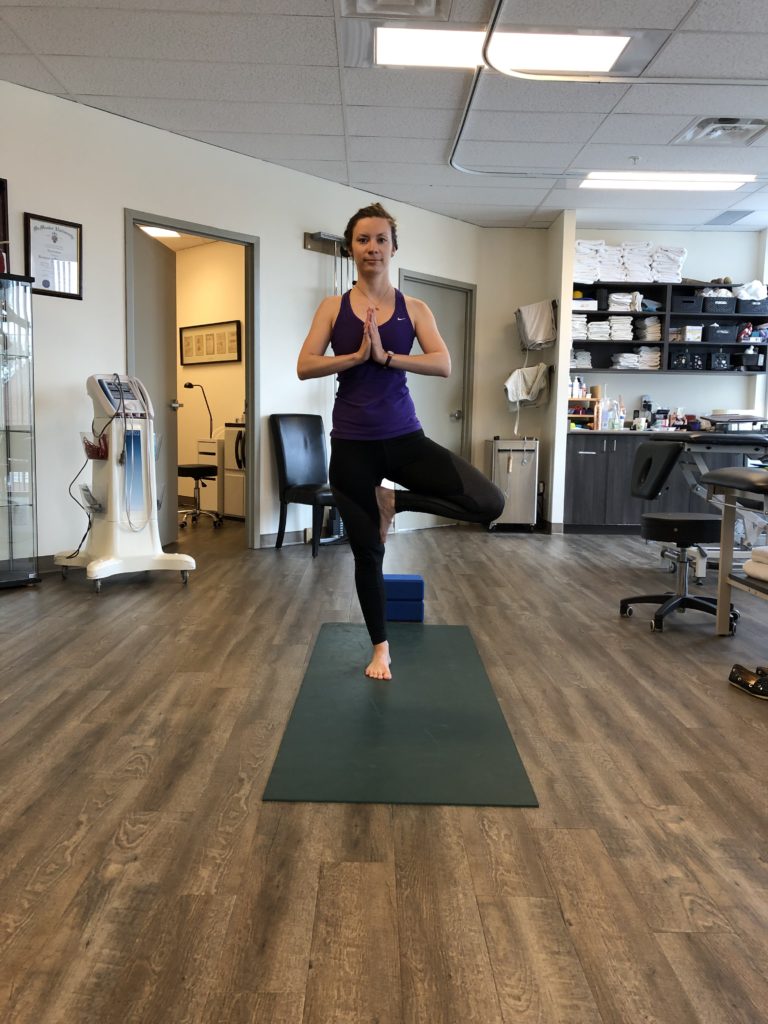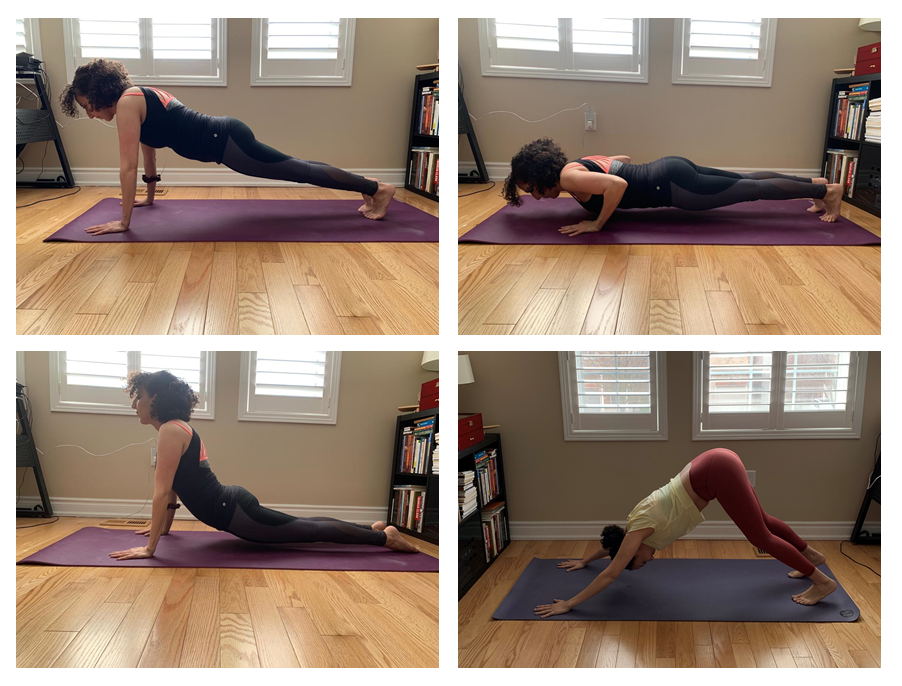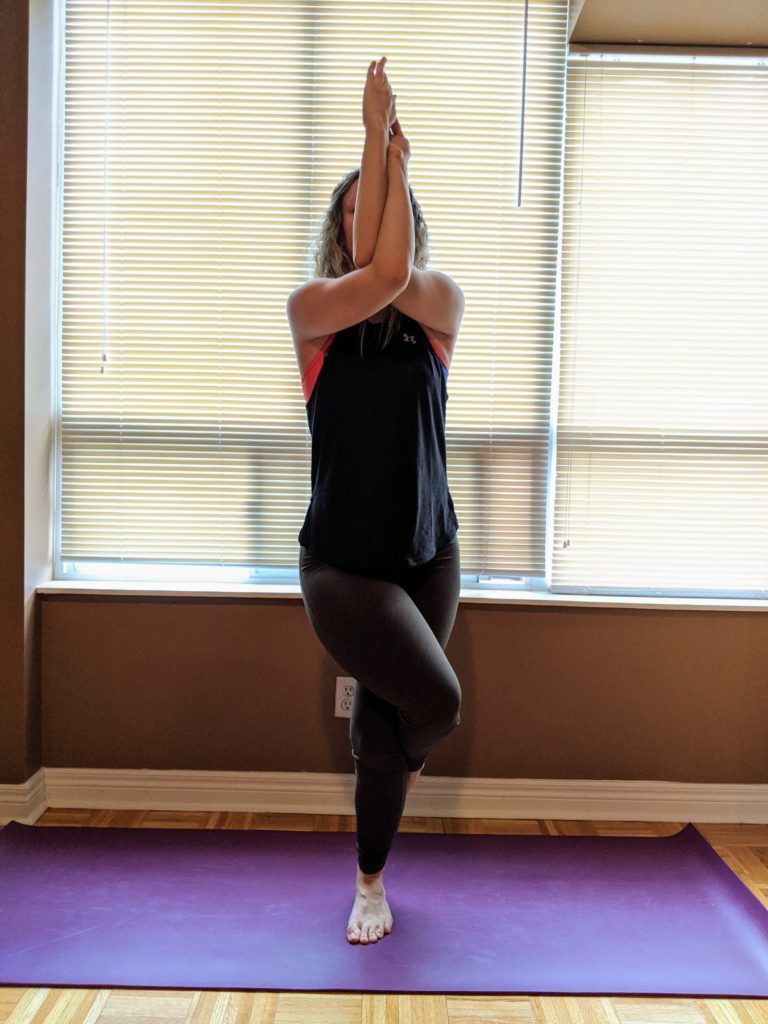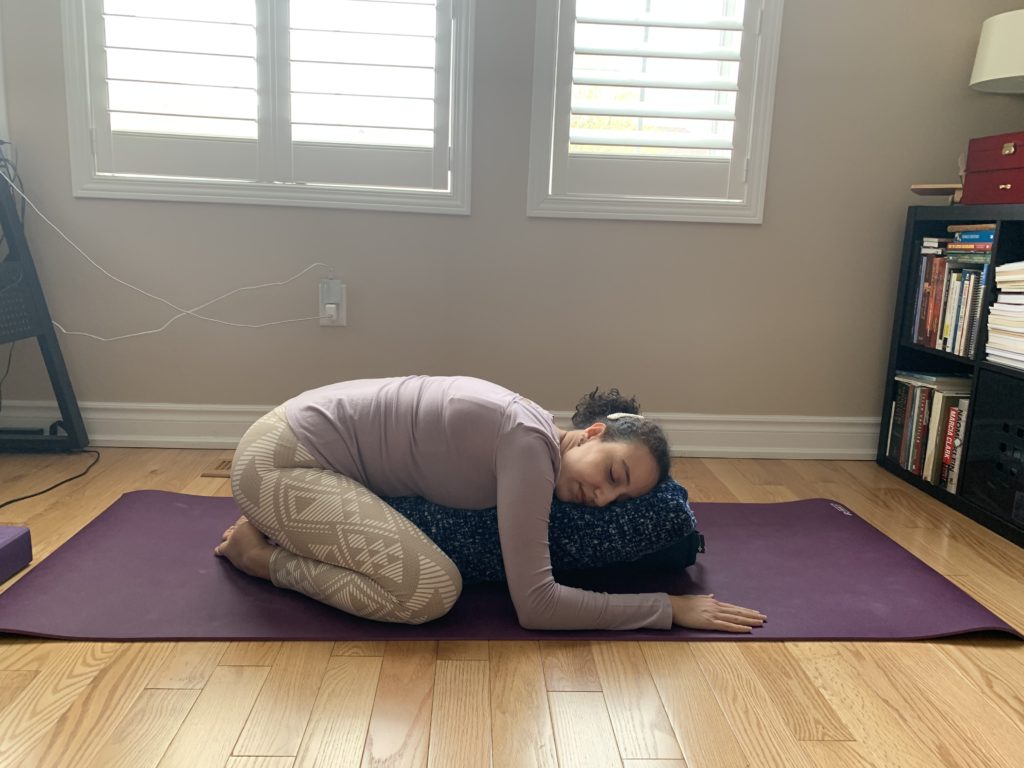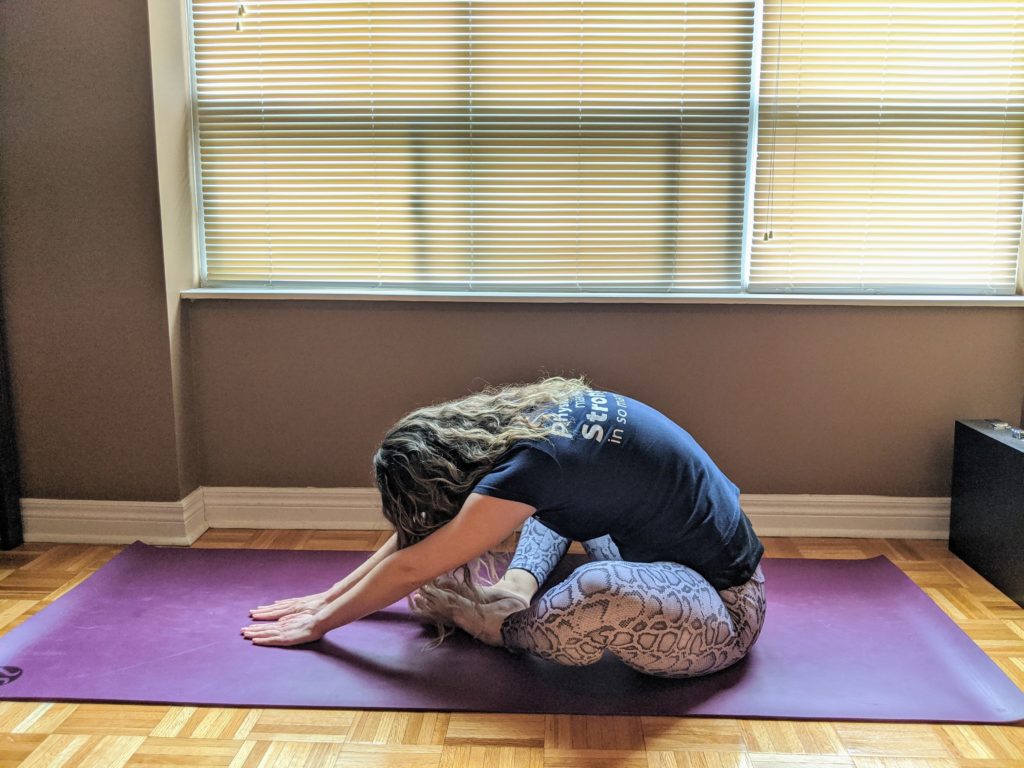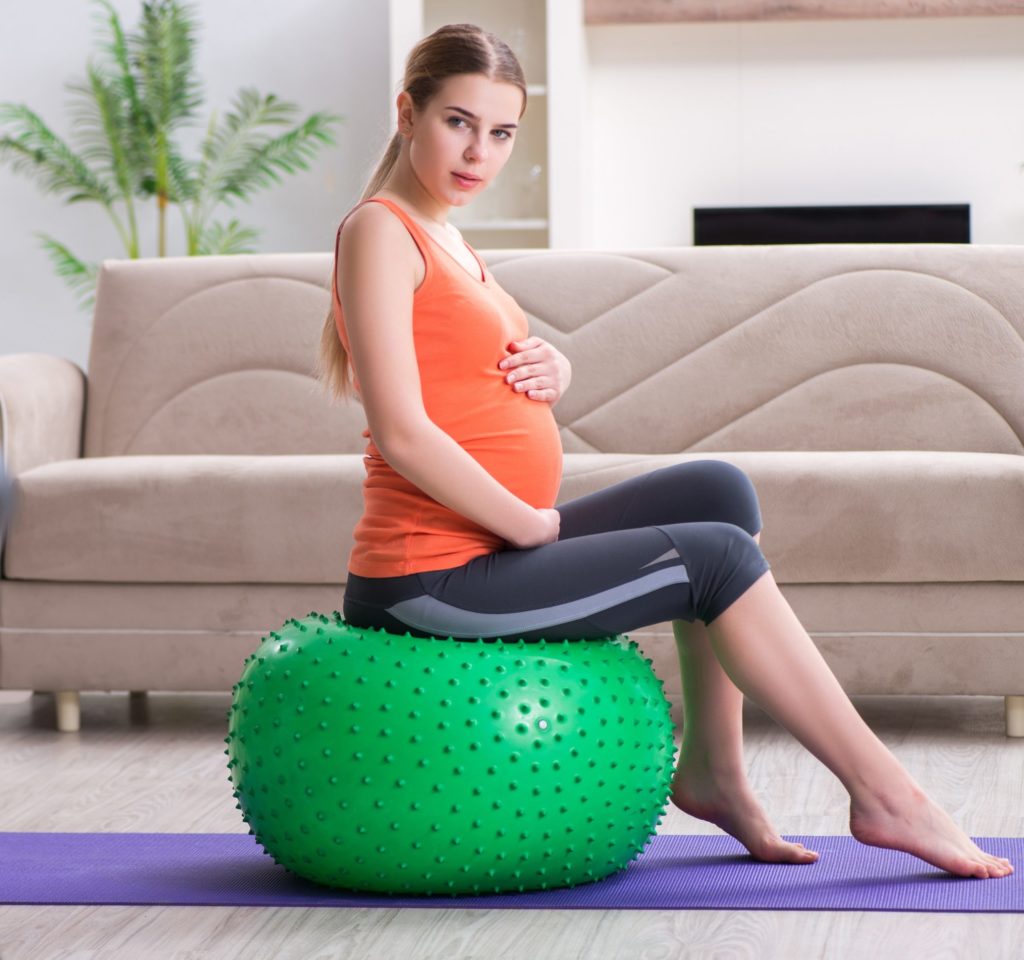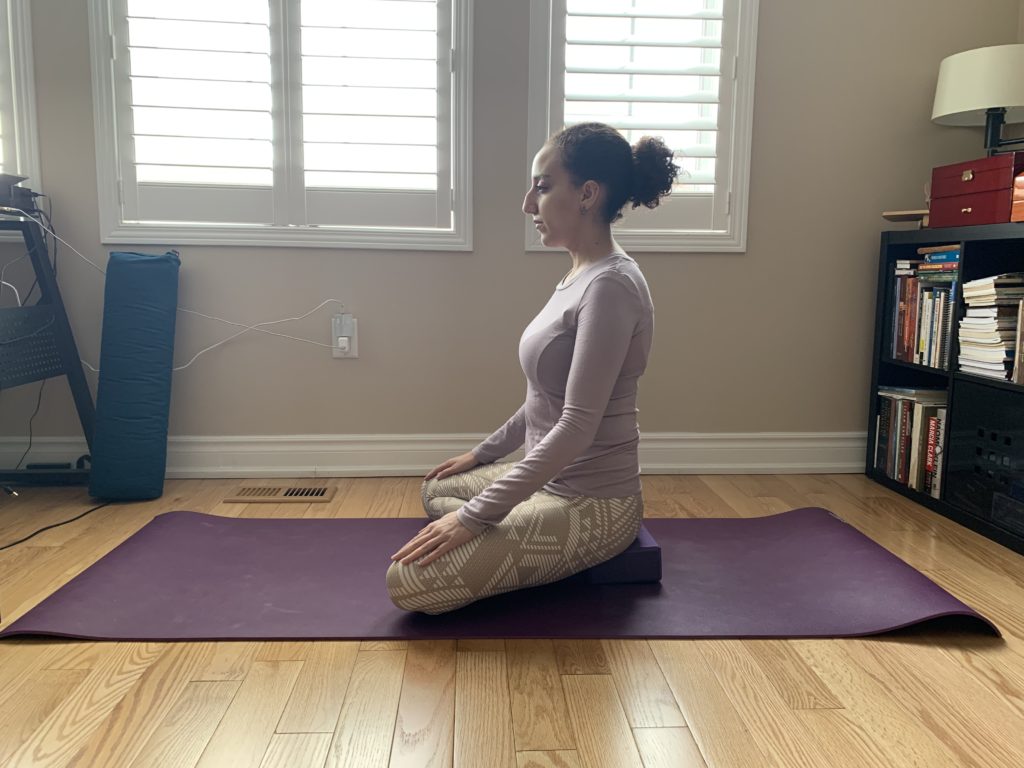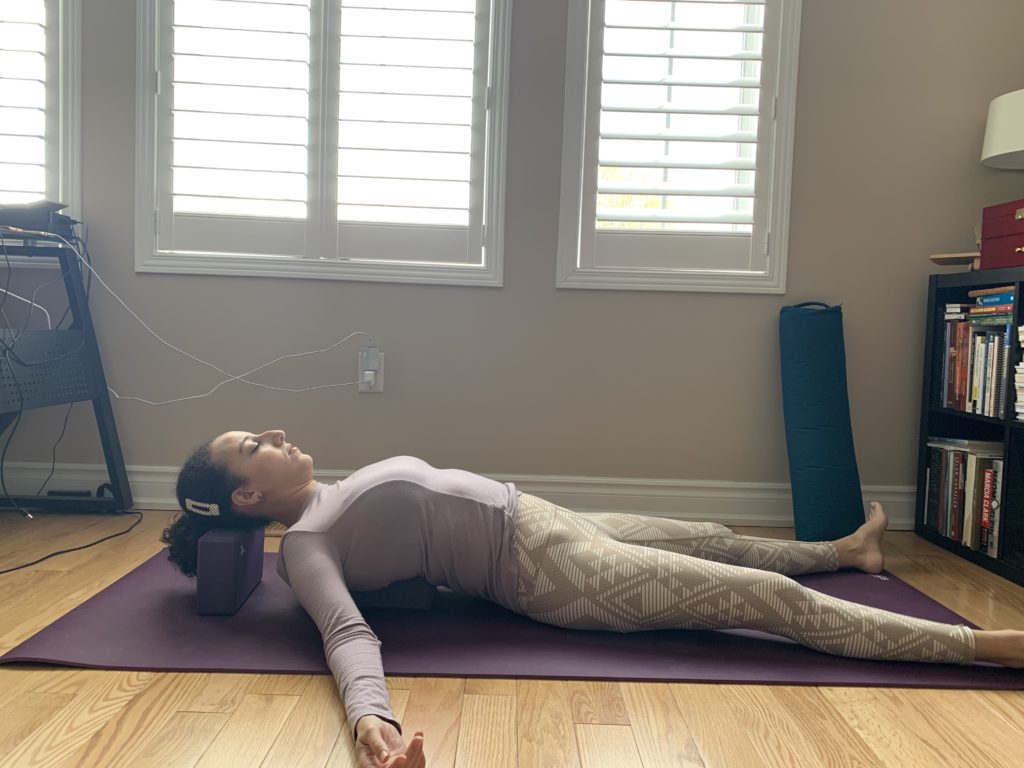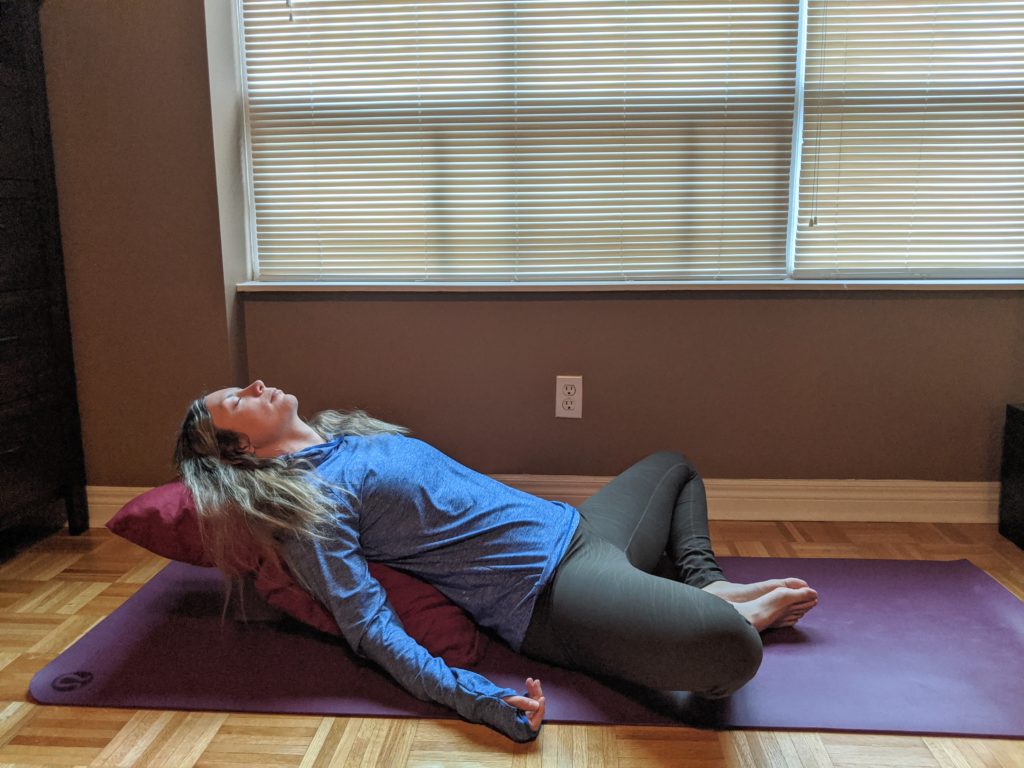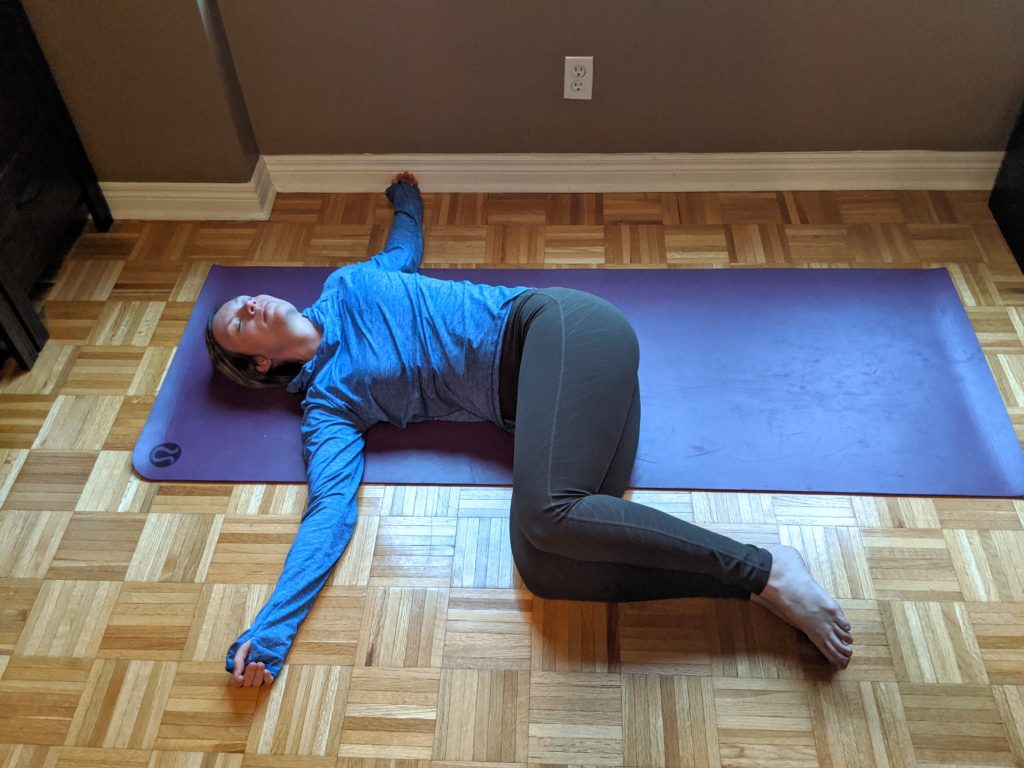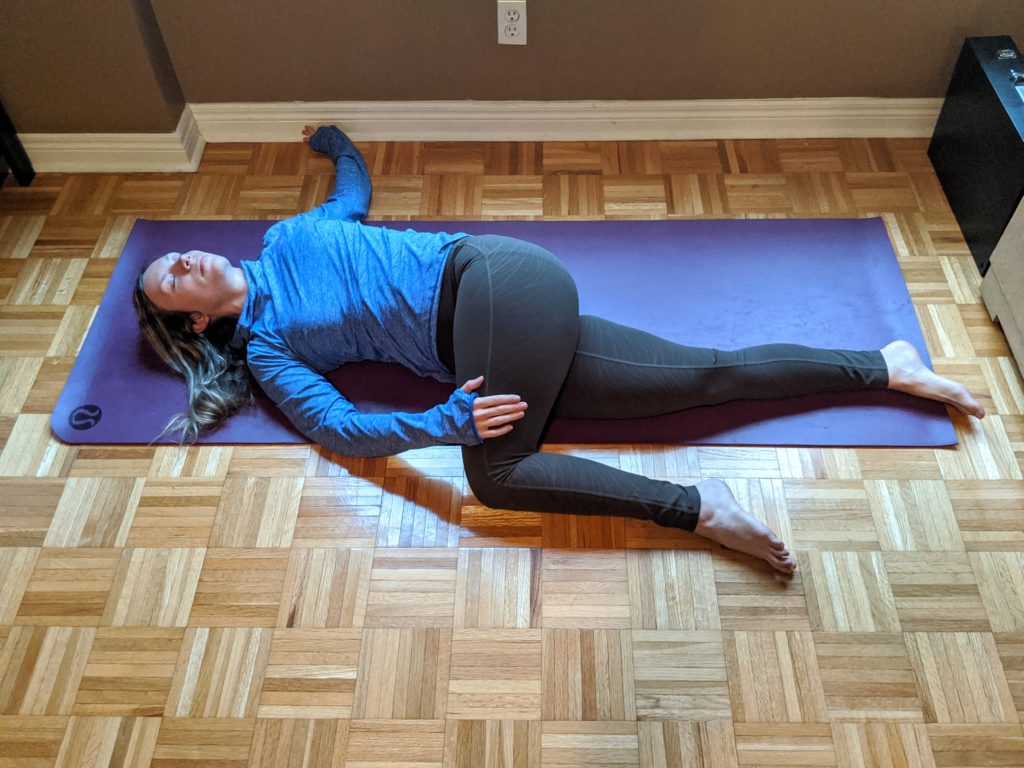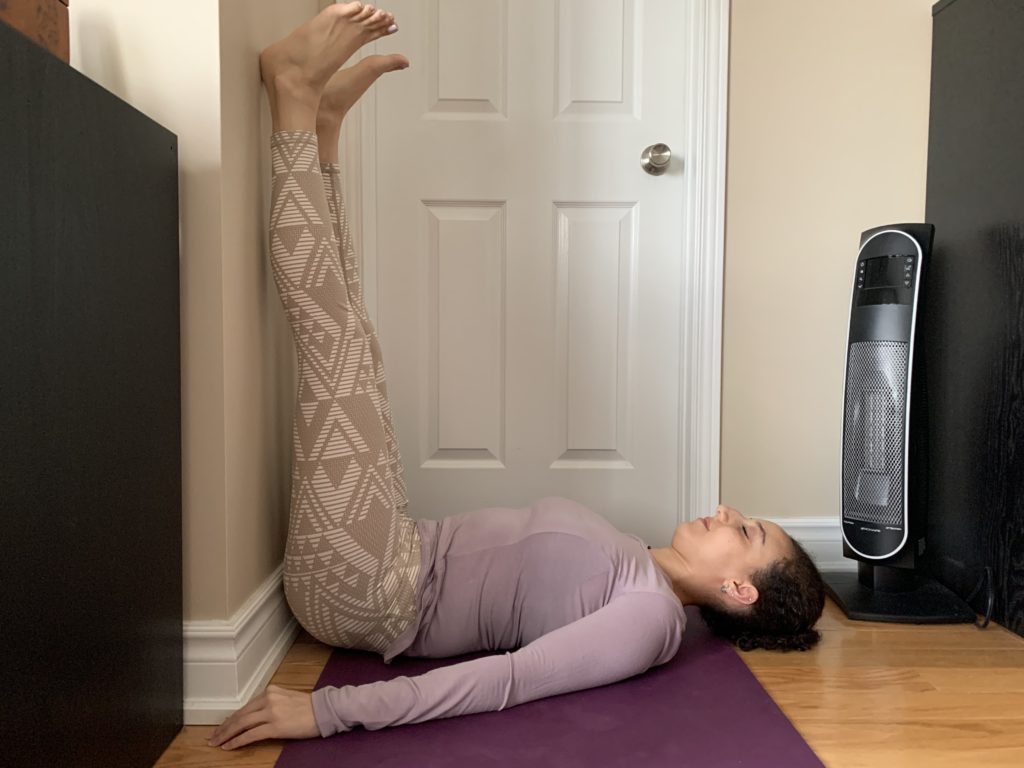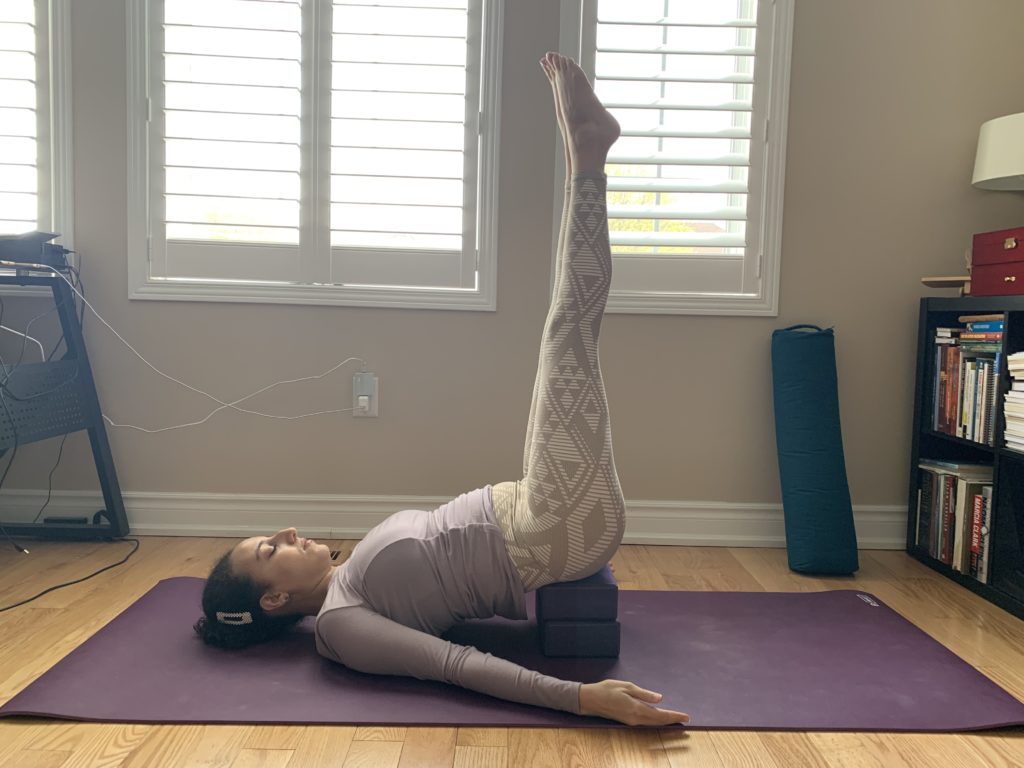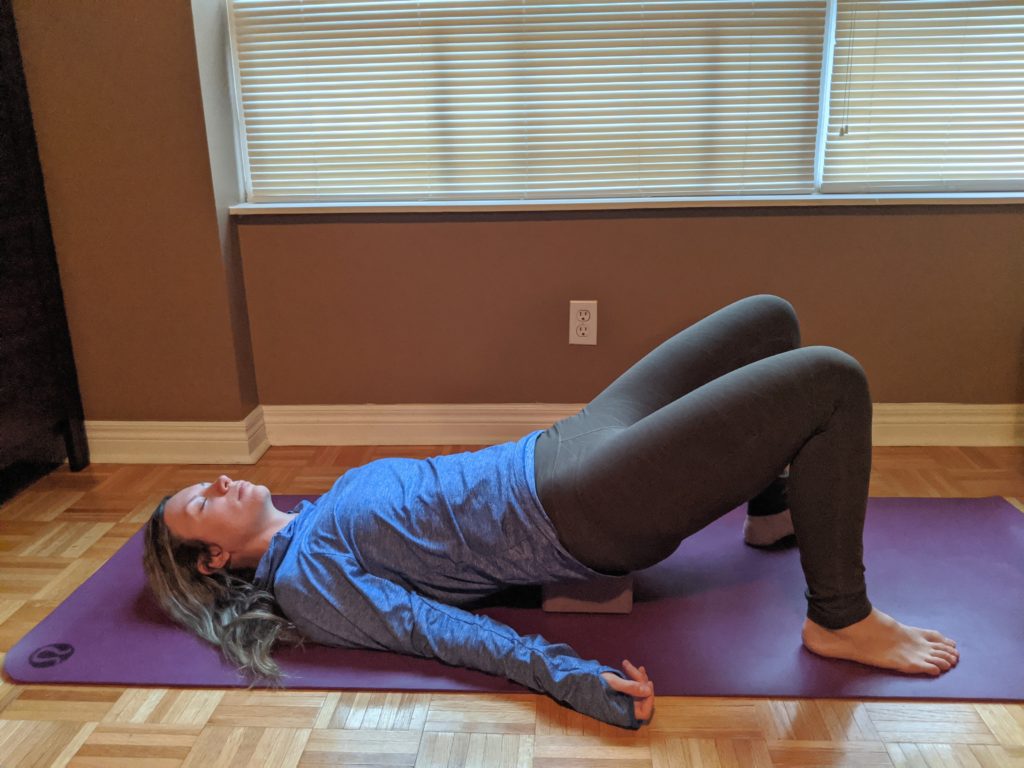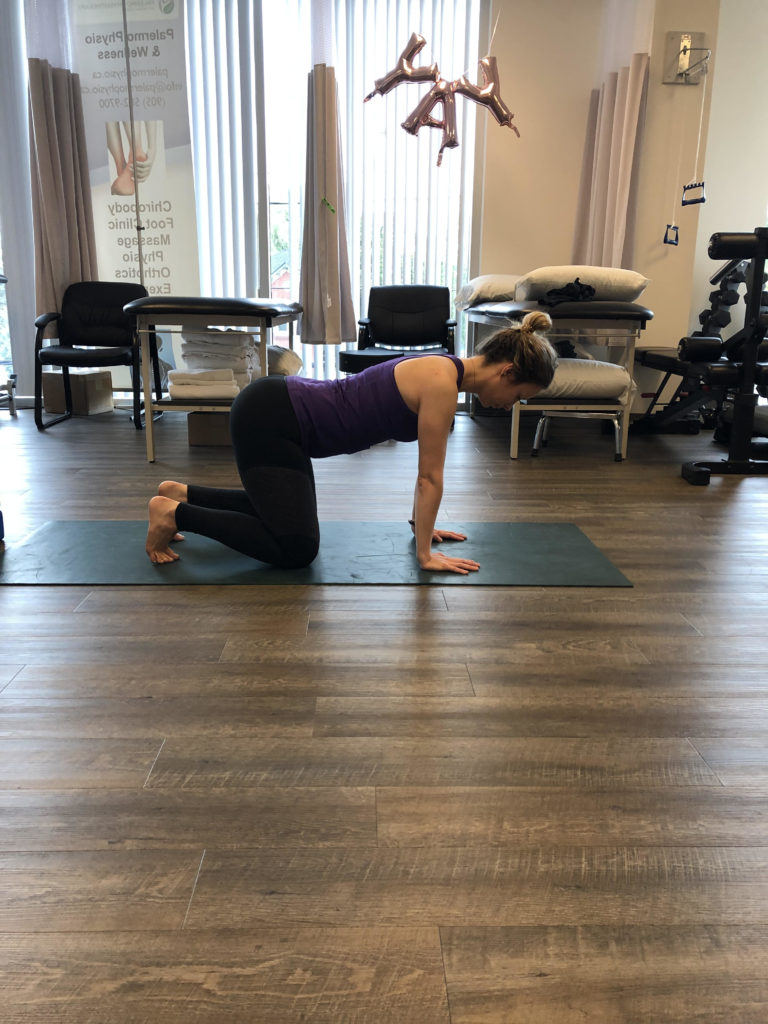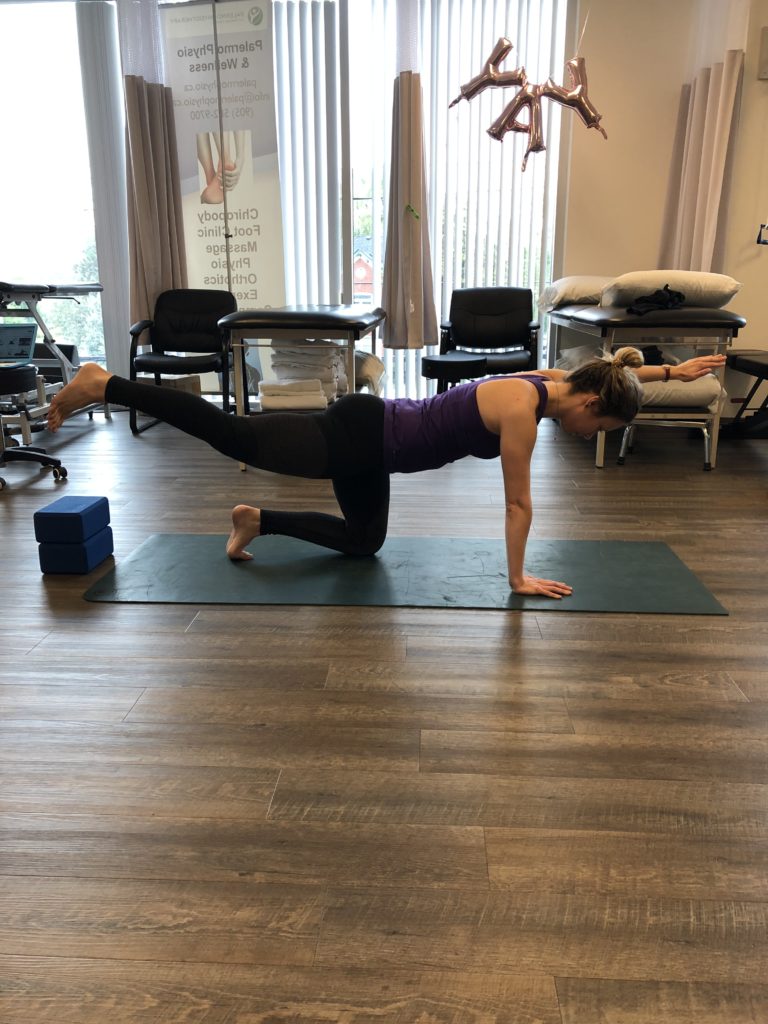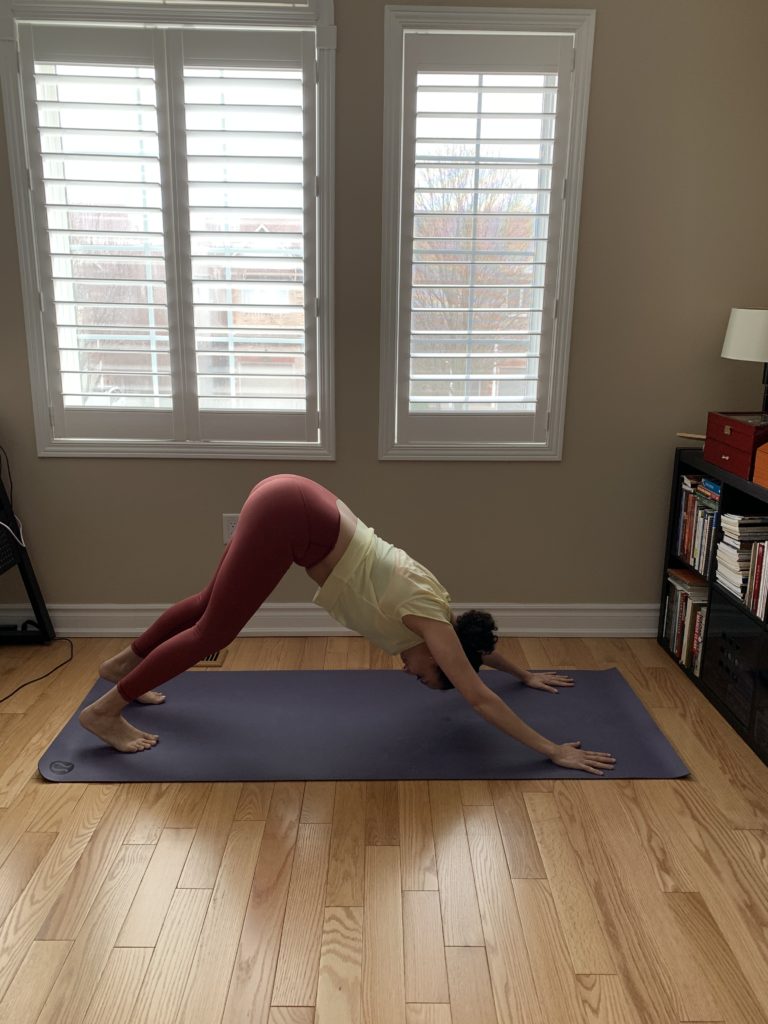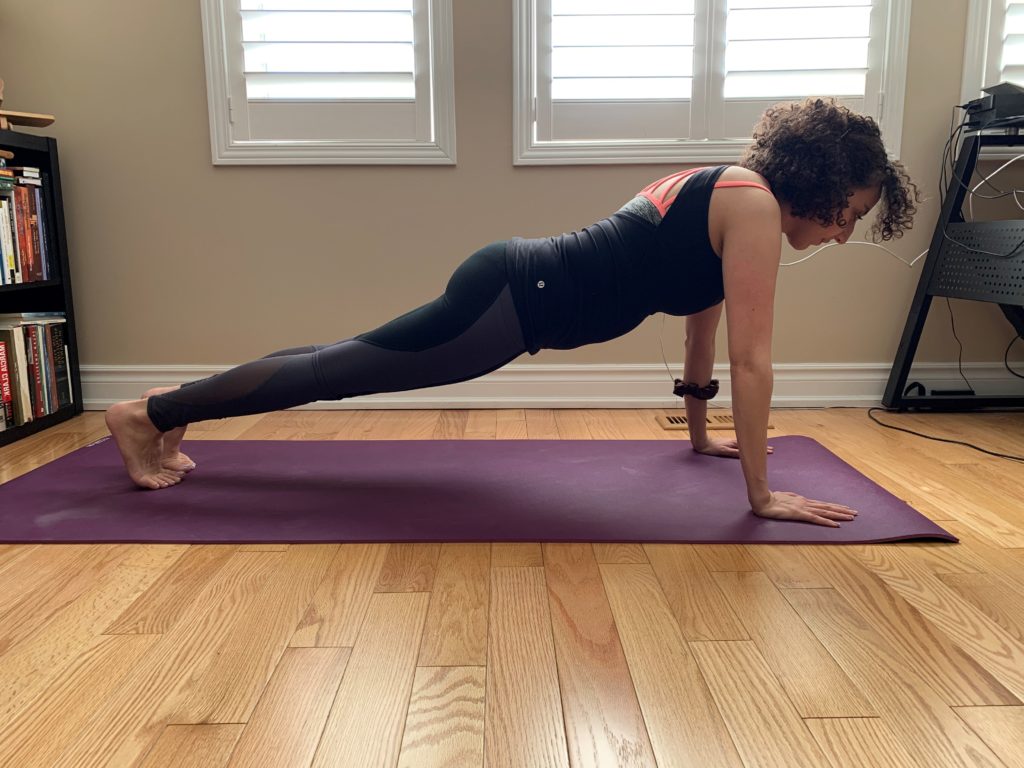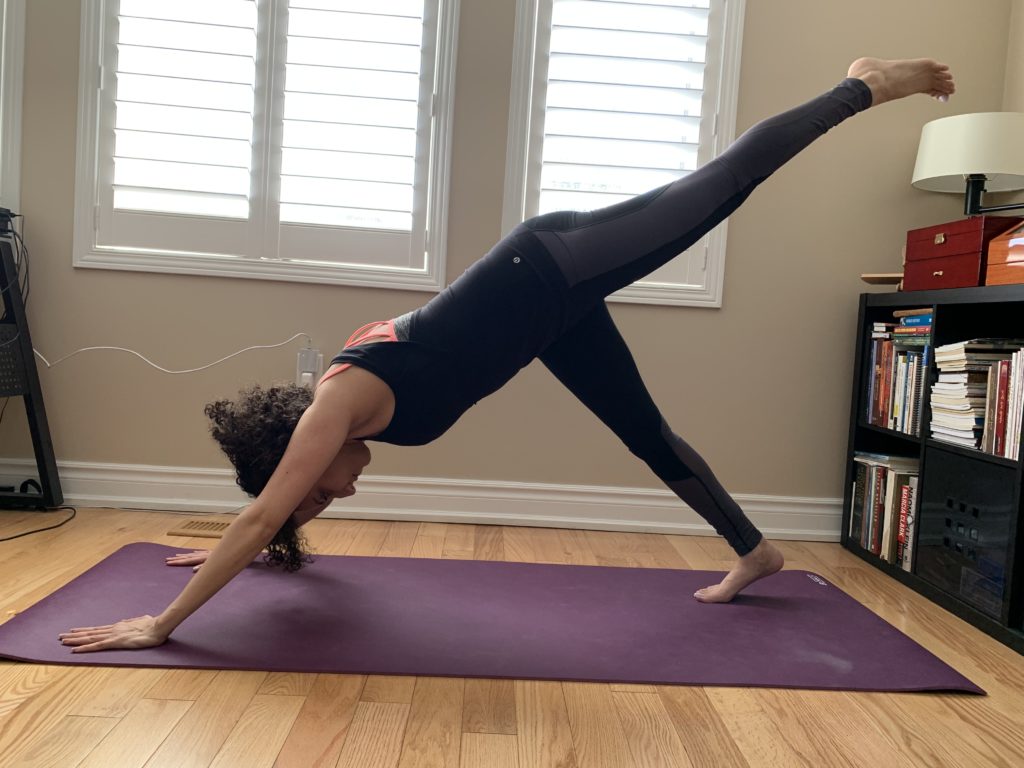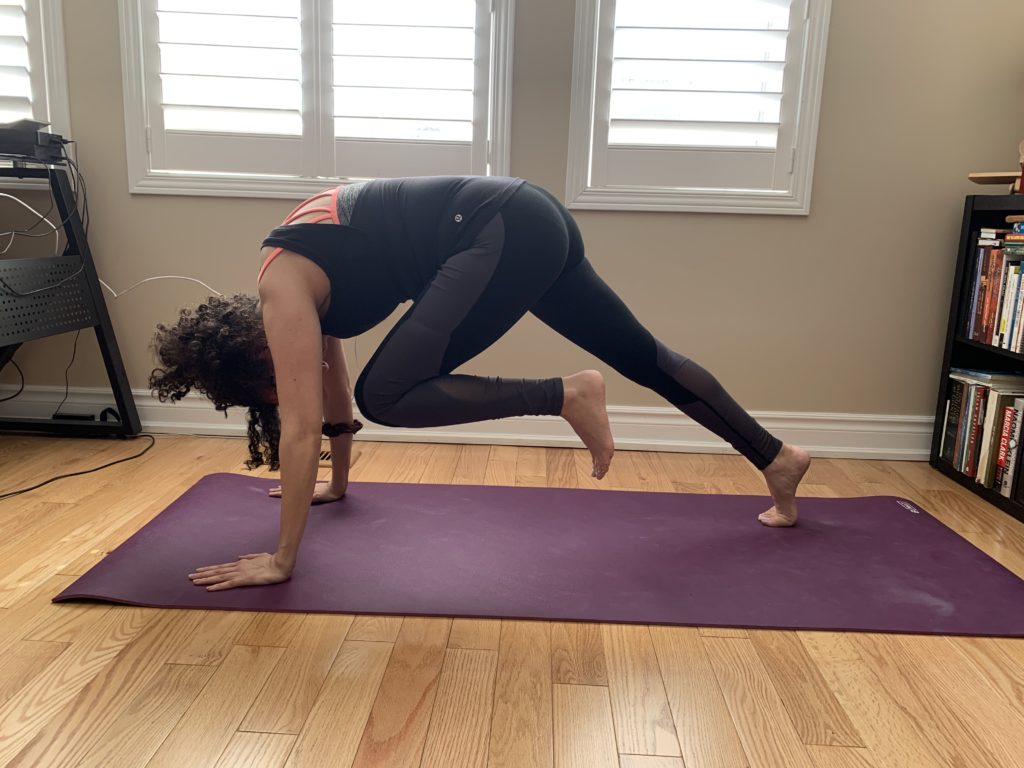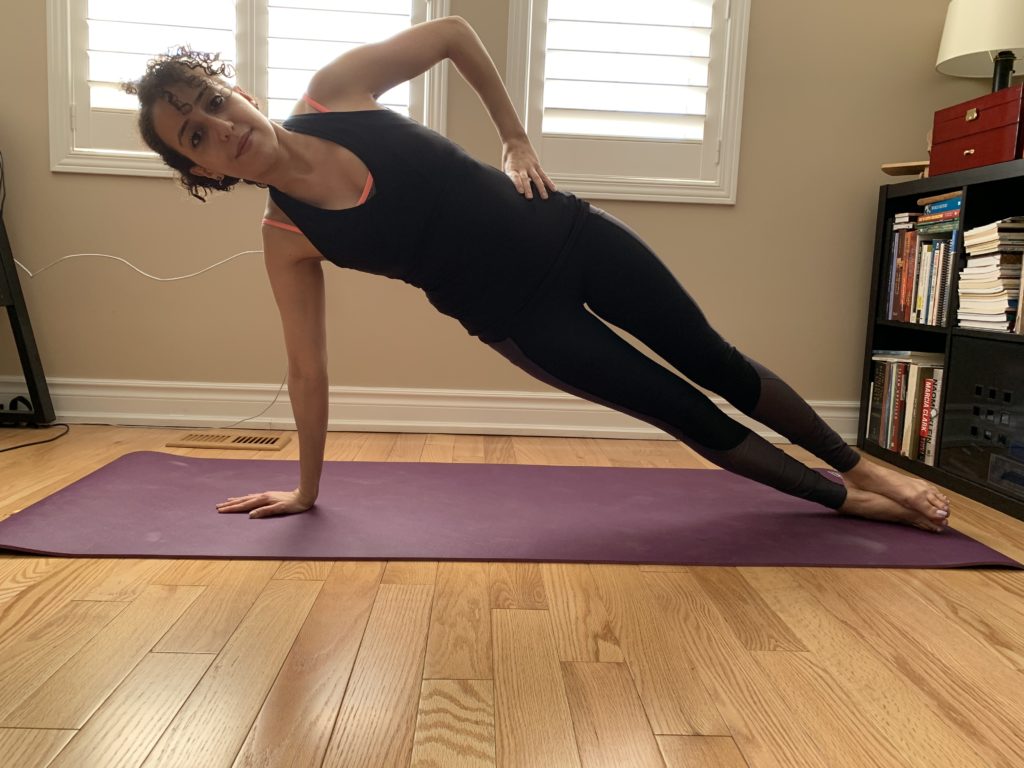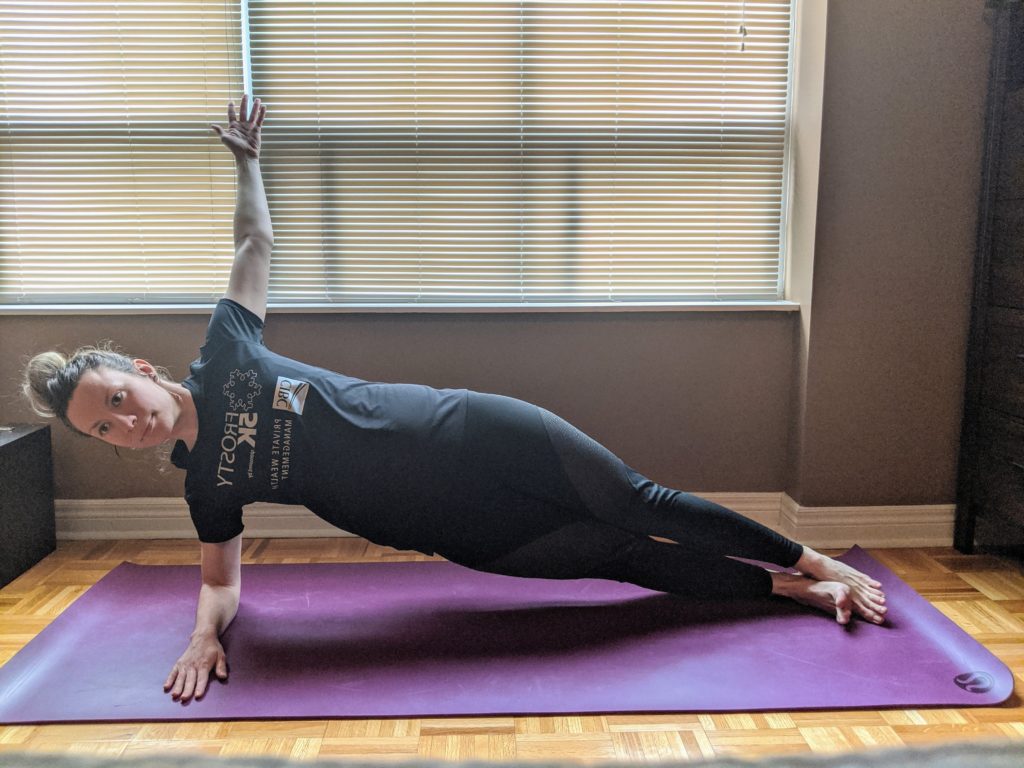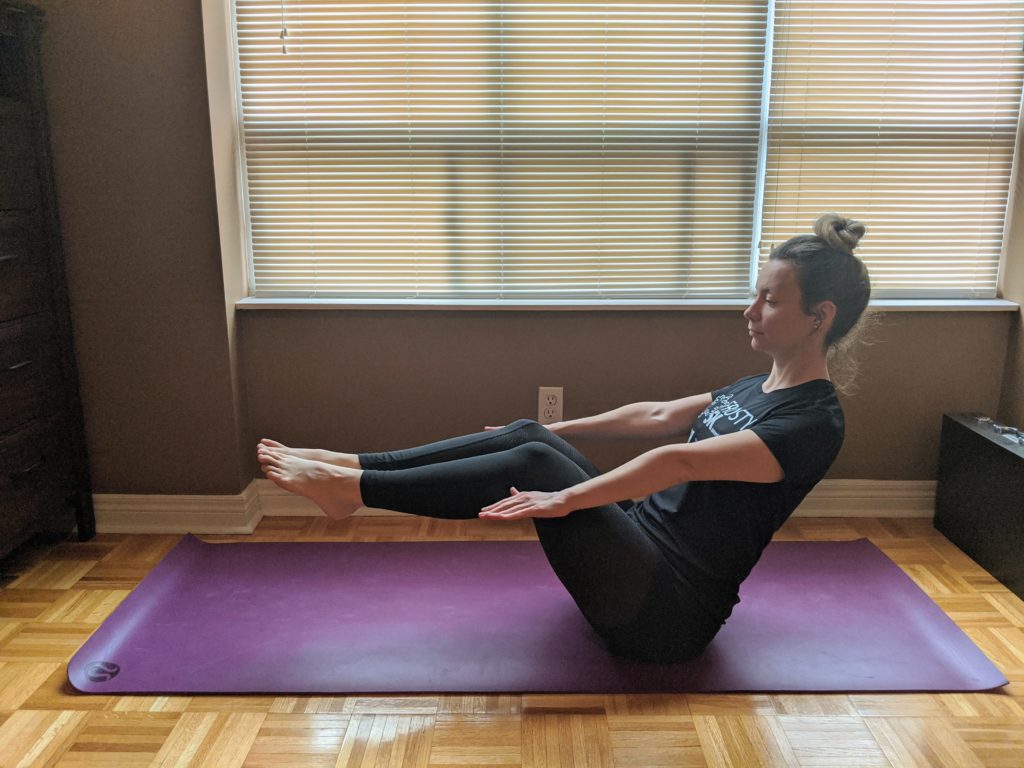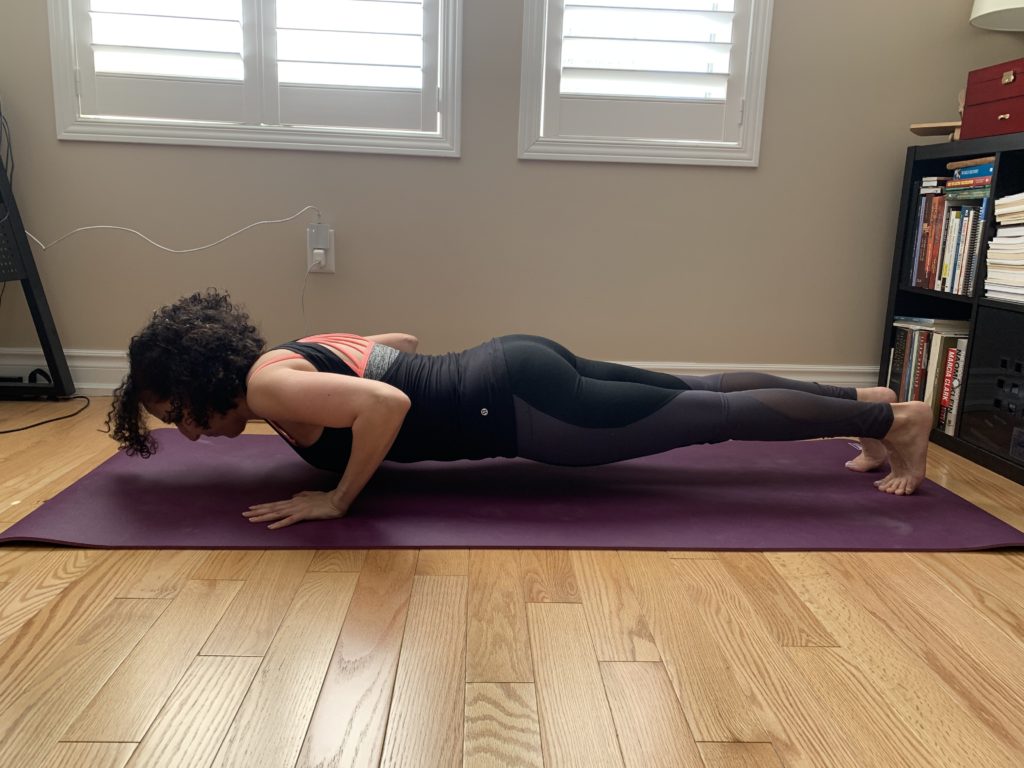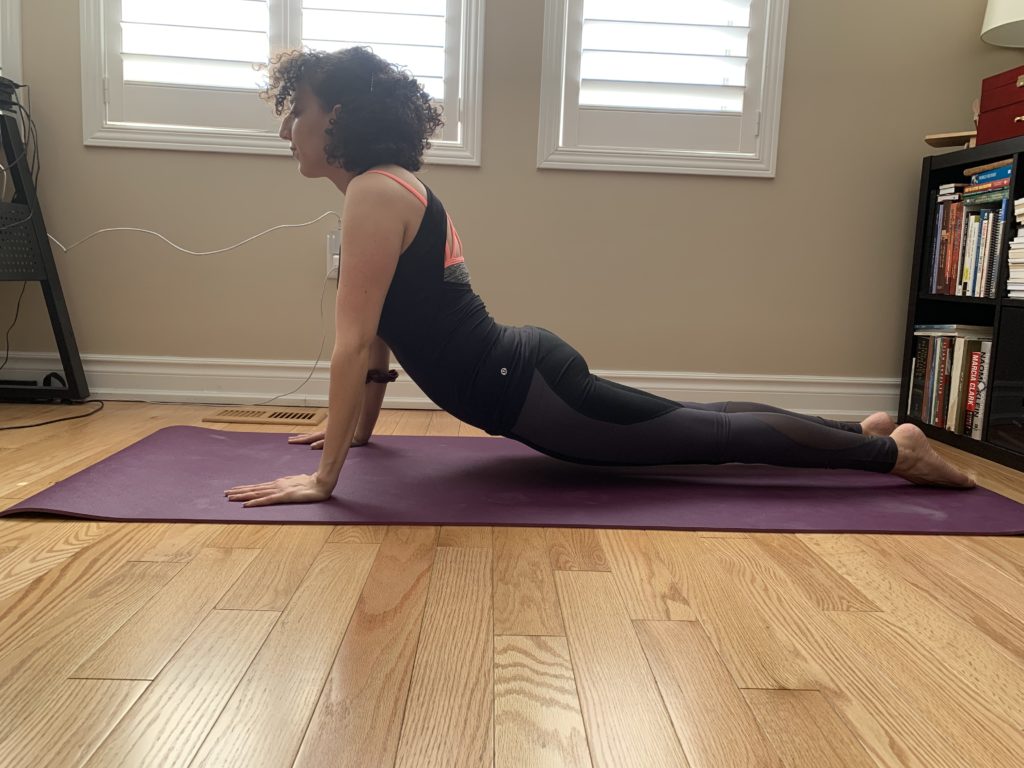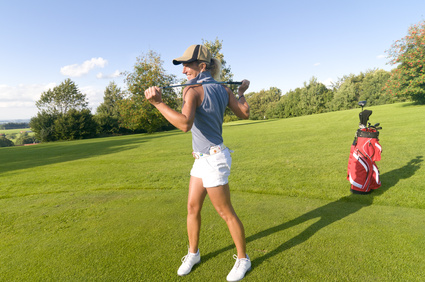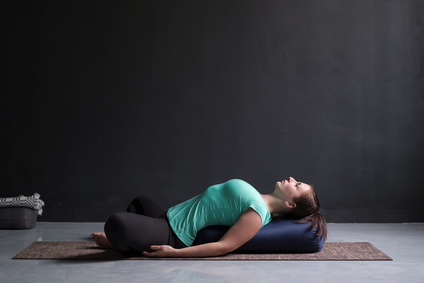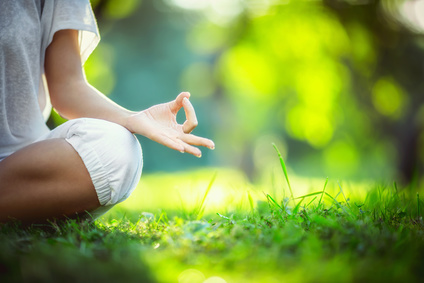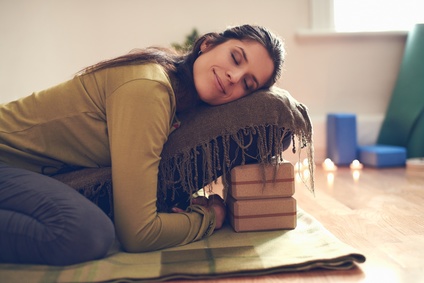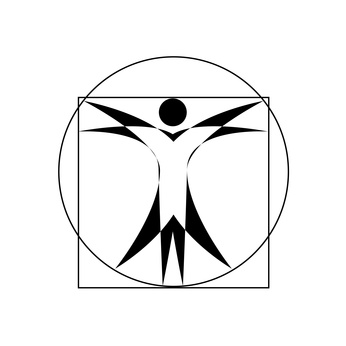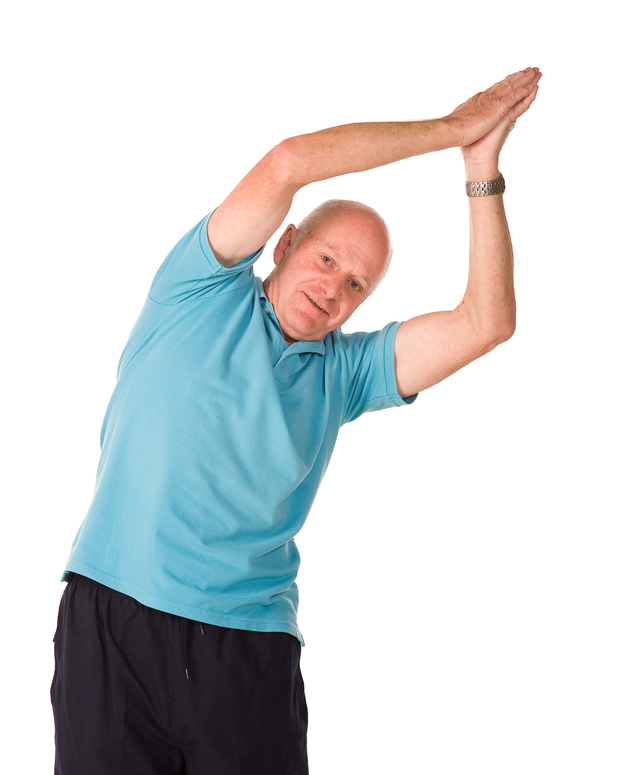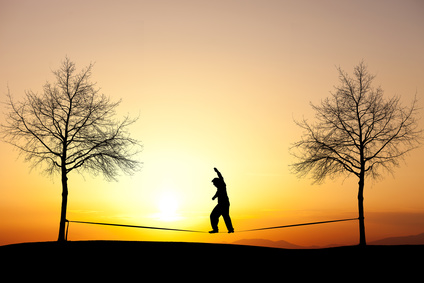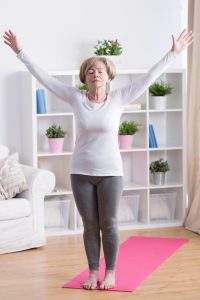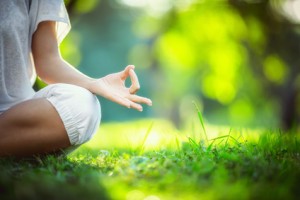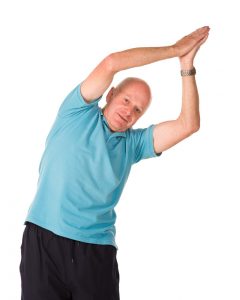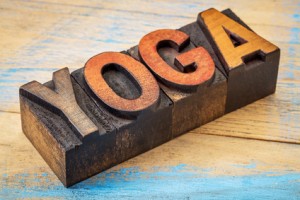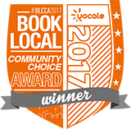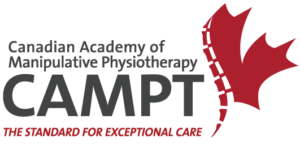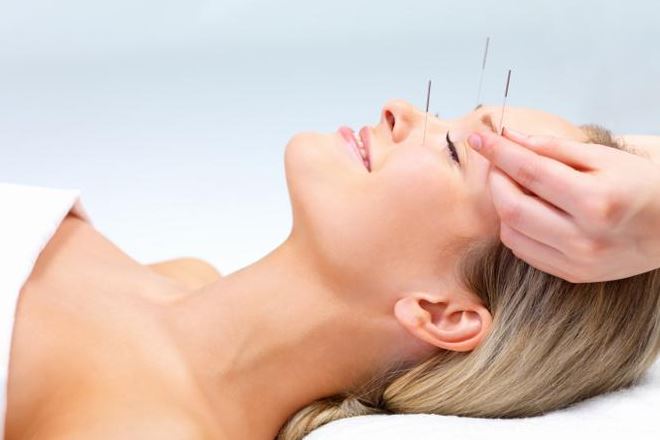
Acupuncture is becoming increasingly popular, yet many people remain reluctant to use it as a form of treatment. So, what exactly is it, and how can it help you? We answer these and more below!
What Is Acupuncture?
Acupuncture is a therapeutic technique of inserting fine, one-time-use pre-sterilized needles into very specific points along the body to assist in pain management and healing of injuries. Patients often ask us if acupuncture is painful. The needles used for acupuncture therapy are extremely fine – patients likely feel a small poke but once the needle is inserted, most patients do not feel much pain.
How Does It Work? – Traditional Chinese Medicine
Acupuncture was developed more than 3,000 years ago in China. In Traditional Chinese Medicine (TCM), injuries or illnesses are believed to be the results of an imbalance of energy within the body, specifically within meridians, which are channels of energy flow throughout the body. Acupuncture is used to help restore energy balance by placing fine needles at specific points along these meridians.
How Does It Work? – The Gate Control Theory of Pain
Although acupuncture is an ancient practice in Eastern medicine, its use in Western medicine is relatively recent. Though the exact reason why it works is not totally clear, Western medicine has several different theories as to how acupuncture helps with injury recovery. One of those is the Gate Control Theory of Pain.
The Gate Control Theory of Pain outlines how pain signals reach the brain from the spinal cord. In simple terms, if the ‘gate’ is open at the level of the spinal cord, a pain signal can pass through, reaching the brain where the pain is perceived. If the ‘gate’ is closed, a pain signal cannot pass through, and therefore the brain does not perceive pain. So, using this theory, applying a non-painful stimulus when someone experiences a painful stimulus can activate the closing of the gate and decrease the pain signal to the brain. An example of this would be if someone bangs their knee against a hard surface. Usually, our first instinct is to rub the knee (a non-painful stimulus), which helps us feel less pain.
What Injuries Can Be Treated With Acupuncture
Acupuncture can help in the healing process of many muscle and joint injuries. However, it is important to note that it won’t exactly heal these injuries. For example, if a muscle is torn, acupuncture will not repair the tear. However, it can assist in the symptoms associated with the tear, primarily by decreasing pain. Acupuncture has been used to aid in the recovery of a number of injuries, such as rotator cuff tendonitis, tennis elbow, and mechanical neck and back pain.
What Are The Risks Associated With Acupuncture?
The risks associated with acupuncture treatment are relatively minimal. The most common side effect is soreness and/or bruising in the region where the needles are inserted. The risk of infection is extremely LOW since the needles are pre-sterilized and used once. Some people might feel light-headed or dizzy after acupuncture treatment, so it is important to make sure you are well-hydrated and have eaten before your treatment session. If you are pregnant or have had other medical conditions (ex., cancer, stroke, etc.), there are certain points or areas that your practitioner will avoid. This is why it is extremely important to be thorough when reporting your medical history to your practitioner.
If you would like to learn more, ask your practitioner to discuss whether it would be an appropriate option for you, or book an initial assessment with us here!

